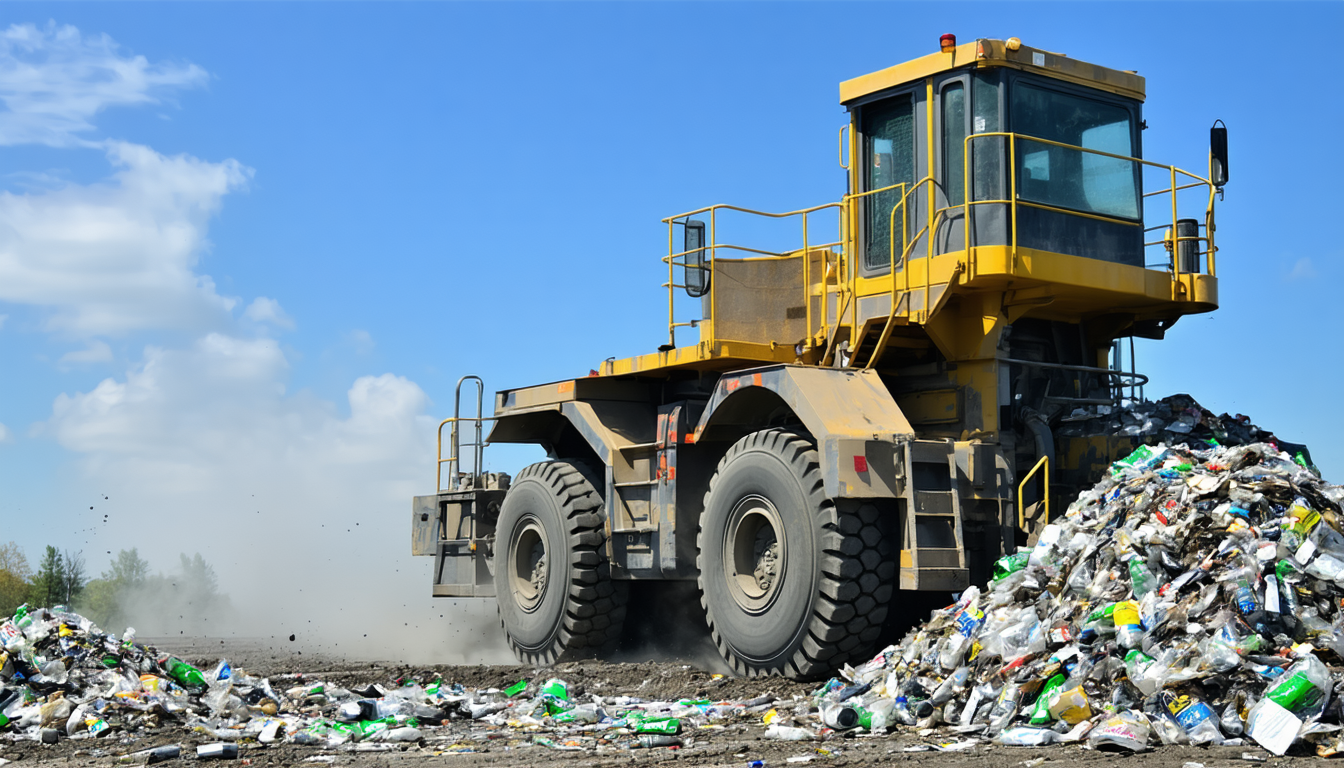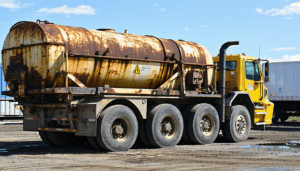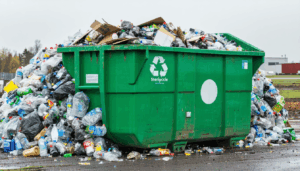Introduction
In the United States, the management of bio waste—organic materials like food scraps, agricultural residues, and biodegradable products—has become a pressing environmental and economic concern. With millions of tons of bio waste generated annually, innovative disposal methods are critical to reducing landfill strain and combating climate change. This article explores the latest advancements in bio waste disposal across the nation, highlighting new technologies, regulatory updates, and their broader implications for sustainability. From composting initiatives to biogas production, these developments signal a transformative shift in how America handles its organic waste.
The Growing Challenge of Bio Waste in the U.S.
Bio waste disposal remains a significant issue as the U.S. generates over 100 million tons of organic waste each year, according to the Environmental Protection Agency (EPA). Much of this ends up in landfills, where it decomposes and releases methane—a potent greenhouse gas. The urgency to address this problem has spurred action from federal and state governments, as well as private sectors, to find sustainable solutions.
Cities like San Francisco and Seattle have led the way with mandatory composting programs, diverting substantial amounts of bio waste from landfills. However, rural areas and smaller municipalities often lack the infrastructure to implement such initiatives. This disparity underscores the need for scalable and accessible disposal methods nationwide.
Cutting-Edge Technologies Transforming Bio Waste Disposal
One of the most promising advancements in bio waste disposal is the rise of anaerobic digestion technology. This process converts organic waste into biogas, a renewable energy source, while producing nutrient-rich digestate for agricultural use. In 2023, the U.S. Department of Energy reported over 2,200 operational anaerobic digesters across the country, with many more under development.
According to Dr. Emily Carter, a sustainability expert at the University of California, “Anaerobic digestion not only reduces landfill waste but also provides a clean energy alternative. It’s a win-win for both the environment and local economies.” Facilities in states like California and Wisconsin are already powering thousands of homes using biogas derived from food waste and dairy manure.
Regulatory Updates Driving Change
Recent policy changes are also shaping the landscape of bio waste management. In September 2023, the EPA announced new grants totaling $75 million to support state-level composting and recycling programs. Additionally, states like Vermont and Massachusetts have enacted laws banning food waste from landfills, pushing businesses and residents toward alternative disposal methods.
These regulations aim to achieve ambitious targets set by the EPA’s Sustainable Materials Management program, which seeks to reduce food waste by 50% by 2030. While some stakeholders applaud these measures, others worry about the financial burden on small businesses lacking resources to comply with new rules. Balancing environmental goals with economic realities remains a key challenge.
Impact on Communities and Businesses
The shift toward sustainable bio waste disposal has far-reaching effects on various stakeholders. For communities, improved waste management means cleaner environments and reduced greenhouse gas emissions. Local governments also benefit from lower landfill costs and potential revenue from biogas production.
For businesses, particularly in the food service industry, adapting to new regulations can be daunting but rewarding. Many companies are partnering with waste management firms to implement composting programs or donate surplus food. These efforts not only ensure compliance but also enhance corporate social responsibility profiles.
Future Outlook for Bio Waste Management
Looking ahead, experts predict that bio waste disposal will continue to evolve with technological innovation and policy support. Emerging solutions like insect-based waste processing—using black soldier flies to break down organic matter—are gaining traction. Additionally, public awareness campaigns are expected to play a crucial role in encouraging household participation in composting and recycling programs.
The potential implications are vast. If scaled effectively, these initiatives could significantly cut methane emissions and contribute to national renewable energy goals. However, success hinges on collaboration between policymakers, businesses, and citizens to overcome logistical and financial barriers.
Conclusion
The United States is at a pivotal moment in addressing the challenges of bio waste disposal. From groundbreaking technologies like anaerobic digestion to stringent state policies, recent developments offer hope for a more sustainable future. While obstacles remain, the combined efforts of government, industry, and communities signal a positive trajectory. As America continues to innovate, effective bio waste management could become a cornerstone of its environmental strategy, benefiting both the planet and its people.
Frequently Asked Questions (FAQs)
- What is bio waste?
Bio waste refers to organic materials such as food scraps, yard trimmings, and agricultural residues that are biodegradable. - Why is bio waste disposal important?
Proper disposal prevents landfill overcrowding, reduces methane emissions, and supports renewable energy production through methods like biogas generation. - What are common methods of bio waste disposal in the U.S.?
Common methods include composting, anaerobic digestion, and landfilling, though the latter is increasingly discouraged due to environmental concerns. - How can individuals contribute to better bio waste management?
Individuals can compost at home, reduce food waste, and support local recycling programs to minimize their environmental footprint. - Are there federal incentives for bio waste initiatives?
Yes, the EPA and other agencies offer grants and funding for projects that enhance composting, recycling, and renewable energy production from bio waste.




